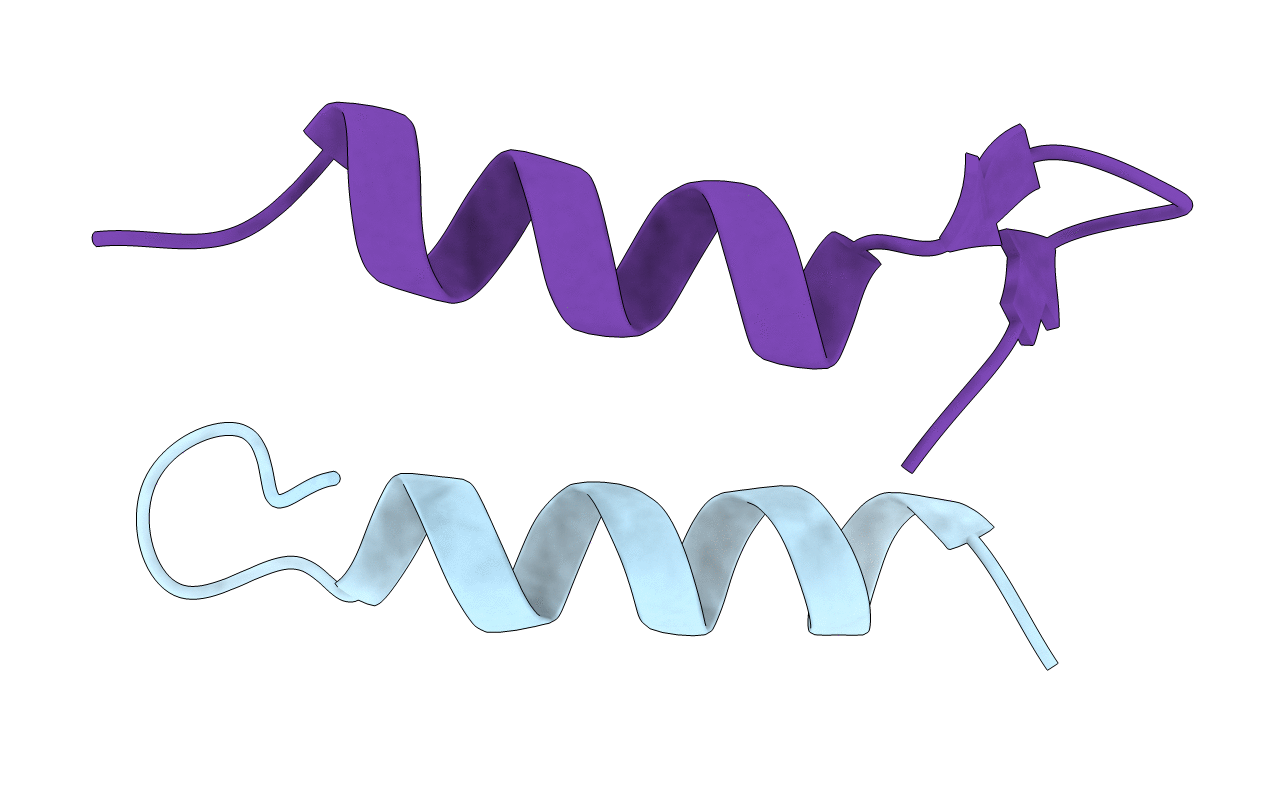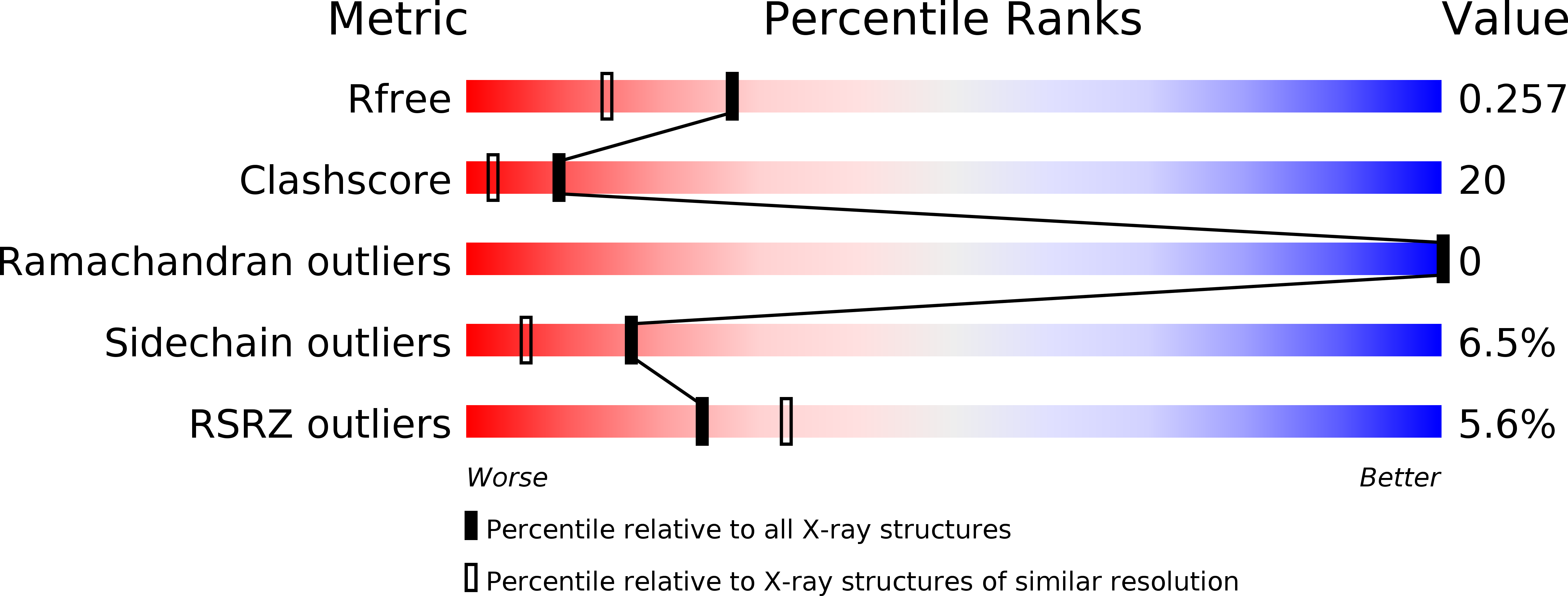
Deposition Date
2004-10-06
Release Date
2005-02-01
Last Version Date
2023-11-15
Entry Detail
Biological Source:
Source Organism:
Method Details:
Experimental Method:
Resolution:
1.95 Å
R-Value Free:
0.24
R-Value Work:
0.22
R-Value Observed:
0.22
Space Group:
P 31 2 1


